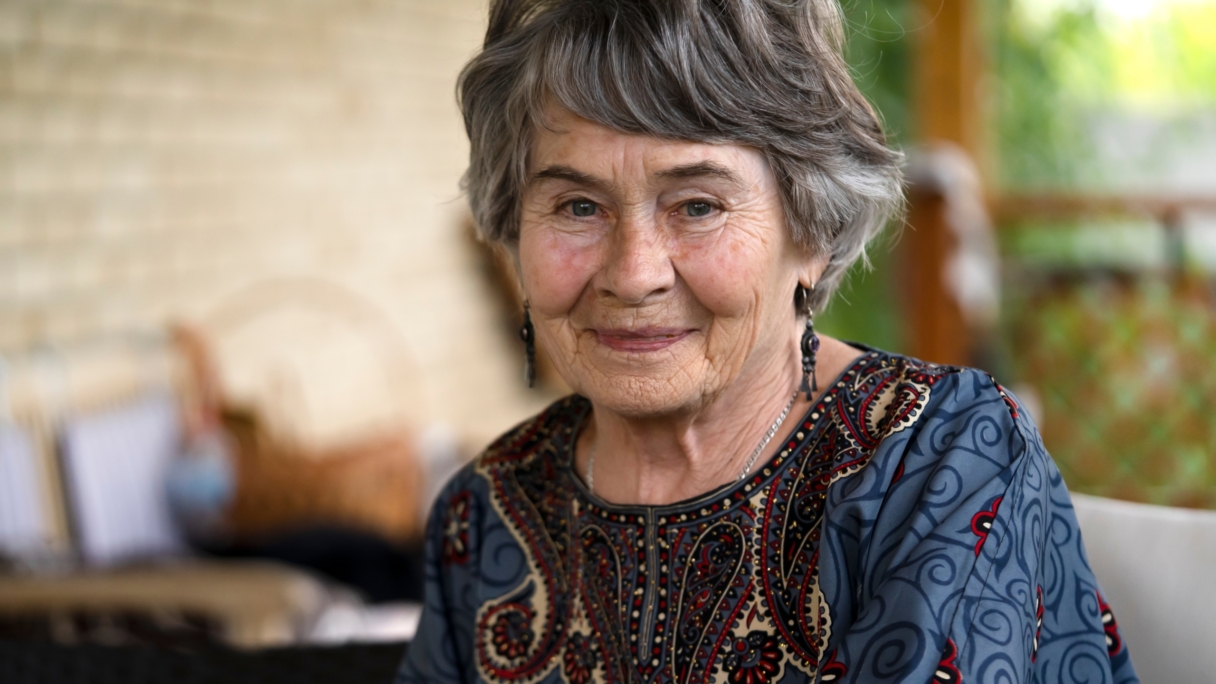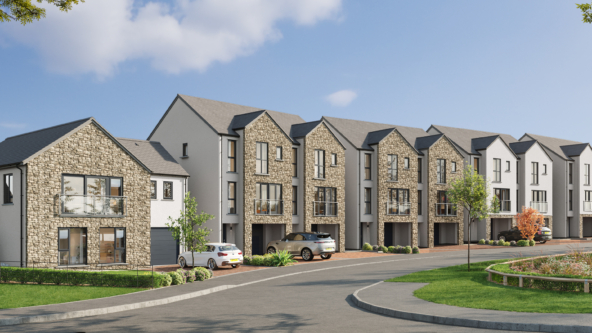Europe’s ageing population is facing significant unmet needs. In this article we examine how private capital can play a role in increasing senior living options to suit a range of ages, health requirements, and financial circumstances.
Isabel Garcia is 82 years old and is from Madrid, Spain.
She has a loving family who support her, and she enjoys socialising with friends and spending time with her children and grandchildren. Isabel has lived in her family home in the suburbs for many wonderful years, creating cherished memories with her late husband, Carlos, who sadly passed away two years ago.
While Isabel is in good health, she has noticed the impact of ageing a little more, finding tasks around the house more challenging. She’s aware that in order to stay independent she will have to think about managing things differently in the near future.
Isabel’s family is committed to supporting her independence and keeping her comfortable and happy. However, they share her concerns about whether her living situation will be manageable going forwards.
More and more elderly people and their families across Europe find themselves in situations similar to Isabel’s as the ageing population continues to grow.
The growing challenge of an ageing demographic in Europe
Lower birth rates and longer life expectancies mean that more than a fifth of the population in Europe is now over the age of 65. In the UK, there are more people in this age group than there are under the age of 16.1
Spain is ageing faster than just about any other country, with its over 65 population expected to nearly double to 36% of the population by 2050.2
Long and healthy life expectancies are largely due to the excellent healthcare provisions in Europe. The current generation as a whole is regarded the most health-conscious in history, thanks to greater awareness about wellbeing and advancements in technology.
The issue is that society is failing to meet the needs of its ageing demographic. It’s significantly underserved given its size and rapid growth.
Millions of older people are facing loneliness and social isolation, especially if their spouse has passed away, they are in poor health or are lacking a sense of community.
Creating accessible options
One way to better meet the needs of our older generations is by ensuring that we design homes and communities with them in mind.
Purpose-built retirement communities provide modern homes that are thoughtfully designed and age-adjusted to meet the specific needs of their occupants. They also help foster social connections among residents through activities and communal facilities, creating a lifestyle that encourages and extends independence.
It’s crucial to ensure that these communities are easily accessible. By offering a variety of tenure models, we can better cater to the diverse needs of seniors.
While some elderly residents may be able to buy a home, ownership isn’t right for everyone at this stage of life, for example if the individual has equity tied up they need to access, or are particularly elderly.
Establishing build-to-rent retirement communities can enhance accessibility to specialist senior living, empowering older people to meet their aspirations for retirement and maximising their quality of life.
Why a rental retirement property is perfect for Isobel
Moving to a purpose-built retirement community would enable Isobel to continue to have a full life as she ages.
Since Isobel is in her eighties, she considers that buying a property at this stage in life might not be the most sensible route. A rental apartment, however, would allow for fast and flexible move-in process, with budgeting simplified by a single monthly payment that would cover nearly all Isobel’s living expenses, other than groceries.
Isobel and her family realise that downsizing to a smaller property, with the benefit of lifestyle maximisation, is an attractive option. Isobel could use the value of her existing home to help cover the cost of her new apartment’s rent, by renting it out to create income, or selling the property to release a considerable amount of equity.
Moving into a smaller property would be much more suitable for Isobel and her current capabilities. A contemporary yet age-sensitive apartment would be easier for her to maintain, and if her abilities decline, she could receive extra support with domestic duties. The move would also alleviate some of the burden on her family, who are having to frequently assist her.
Should Isobel require personal care, this can be easily provided onsite. For more extensive needs, retirement communities are often centrally located with easy access to amenities, offering residents both convenience and independence. It’s estimated that each person in a retirement community could save health and social services an average of £3,500 per year. 3
Further supporting her wellbeing and maximising her quality of life, Isobel would regain social interactions by being part of a community, where she has the opportunity to engage with other residents, participate in activities, and dine at the community’s restaurants.
The investment opportunity
The ageing population is set to continue growing.
With demographic trends driving demand, there’s a significant opportunity in Europe for private capital to help address the undersupply of retirement living and improve quality of life for those in their later years.
As well as having a positive social impact, senior housing rentals can provide long-term, inflation-linked income for investors.
The Octopus Retirement Living Team is widely recognised as one of the leading investors in the UK later living sector. Through our experience and insight, we have identified a need for more bespoke tenure models and an opportunity for investors, which is why we have launched a European retirement rental strategy. The strategy plans to adopt the same hands-on approach as our existing 22 purpose-built UK retirement communities, partnering with best-in-class developers and high-quality operators.
We have entered a joint venture with Neinor, the leading residential property developer in Spain with a 30-year track record. Neinor has a multi-sector strategy in Spain, with significant experience in build-to-rent strategies.
“Developing a greater number of retirement communities presents a brilliant opportunity for investors, operator partners, and those in retirement. In this sector, we work in the knowledge that we are helping to combat some of society’s biggest problems, not least the housing crisis and pressures on health services.”
Kevin Beirne, Head of Retirement Living at Octopus Real Estate
1 JJL – How senior living is evolving for ageing populations
2 PineBridge Investments – Senior housing arrives in Spain and not a moment too soon
3 An analysis of the fiscal and wellbeing benefits of building more homes for later living”, Homes for Later Living, 2019



